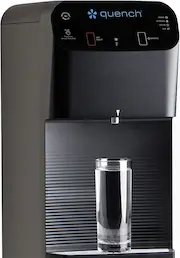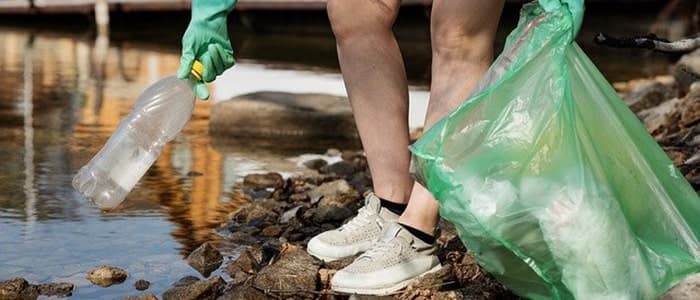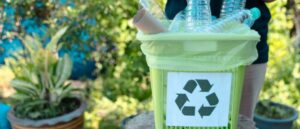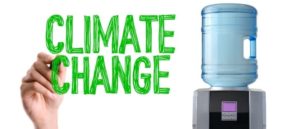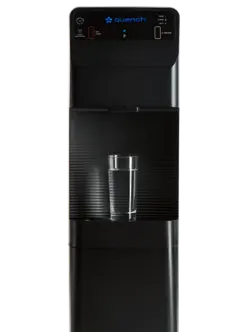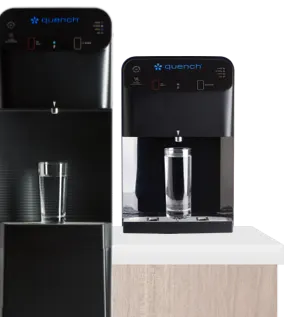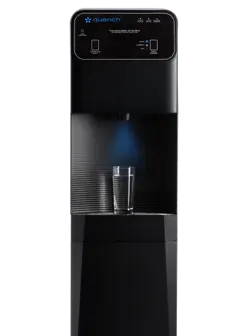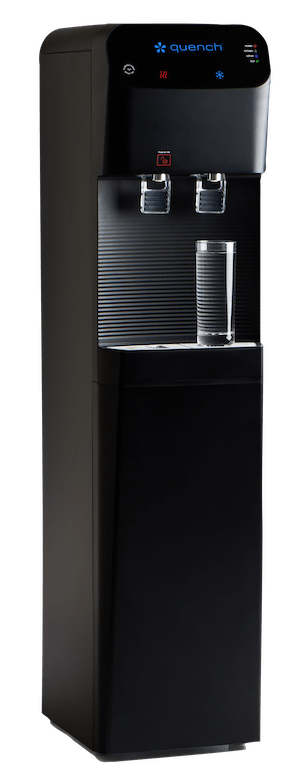Last Updated: 9/15/2020
Experts believe the world’s plastic binge is as serious a threat as climate change. Eliminating our need for unnecessary containers like disposable water bottles can significantly reduce the plastic waste jeopardizing oceans, coastlines, and other environments. If you think about the fact that it takes a plastic bottle an estimated 500 years to degrade, it’s safe to say every water bottle you’ve ever used still exists in one form or another. To make matters worse, about 20,000 plastic bottles are sold every second across the world. That means the plastic pileup is growing at an exponential rate with no signs of slowing down. In fact, thanks to the bottled water industry, the world is seeing a surge in plastic bottle use.
The bottled water industry is valued at $185 billion dollars despite the fact that most people in first world countries have easy access to free and safe drinking water. In 2014, bottled water companies spent more than $84 million on advertising to convince consumers that bottled water is healthier than soda and safer than tap water. And Americans have been buying it – Americans have an increasing love of bottled water, particularly single-use plastic water bottles. According to the Beverage Marketing Corporation (BMC), the consumption of bottled water has risen steadily in the past 2 decades, and even more so since the 2020 pandemic. Even though 119 scientists from 18 countries say reusable containers do not increase chances of contagion, many consumers still refuse to reduce water bottle use. A 2020 Cowen report revealed that US sales of bottled water ballooned 52.2% between late February and mid-March of 2020 as people panic purchased before they were called to shelter in place.
Disposable Water Bottles are Harmful to the Environment
The spike in disposable water bottles, although beneficial to the bottled water companies, comes at an enormous cost to the environment. The Pacific Institute, a nonprofit research organization, found that it took the equivalent of 17 million barrels of oil to produce the disposable water bottles that Americans drank in 2006 – that is enough to keep a million cars on the road for a year! And that is only the energy used to produce the plastic bottles – not the energy used to deliver them, keep them cold, or ship the empty bottles to recycling plants or landfills.
To make matters worse, of the billions of disposable water bottles being sold each year, the majority aren’t recycled. Only about 31% of plastic bottles are recycled, the other 69% is piled up in landfills or left in our streets and waterways as litter. A more convenient, eco-friendly alternative is needed to reduce water bottles in the United States and beyond.
While recycling is better than throwing plastic bottles away, it isn’t the best option. Stiv Wilson, Director of Campaigns at the Story of Stuff Project, says that most single-use bottles that are recycled are turned into textiles, rather than new plastic bottles. And when you wash this synthetic clothing, microplastics end up in the drain and eventually in our waterways. Wilson explains how much damage plastic does to our environment by saying, “If you start out with a bad material to begin with, recycling it is going to be an equally bad material. You’re changing its shape, but its environmental implications are the same.”
Disposable water bottles are part of a growing plastic epidemic in our oceans. One study predicts that by 2050, 99% of all seabirds will be ingesting plastic. Plastic is also a problem on land. It is reported that plastic bottles average almost 1/3 of the solid waste that is littering our national parks. In 2011, the National Park Service put guidelines in place that led to 23 out of the 417 national parks enforcing restrictions on bottled water sales. Park visitors were encouraged to fill their reusable water bottles at tap water sites instead. This initiative to reduce water bottles was cut short in 2017 when the Trump Administration reversed those guidelines.
How to Reduce Plastic Use
If you’re discouraged by plastic waste and wondering how to reduce plastic use, you’re not alone. More people are joining the fight to reduce water bottles and other types of single-use plastic. Activists have recently stood up and challenged the misleading marketing that the disposable water bottled industry leads the public into believing. Based on the pictures printed on single-use plastic water bottle labels, many consumers believe that bottled water comes from pristine mountain springs. The reality is that over half of bottled water is filtered from municipal water sources rather than the natural springs that the labels presume. Now, thanks to a dispute between activities and major water bottle companies, Pepsi and Nestle, two of the three major bottled water companies label the source of their water accurately.
Activists are not the only ones fighting back, residents are also speaking their minds and questioning how to reduce plastic use overall. If a company is not bottling from a municipal water source, the bottled water is mostly spring water from wilderness areas. Residents of these areas are concerned about industrial withdrawals of groundwater that could affect the land. For example, the residents of McCloud, California fought for 6 years against Nestle’s plan for a water bottling facility. Nestle eventually scrapped its plans and left town but ended up 200 miles down the road in Sacramento, California filling disposable water bottles with municipal water.
And it doesn’t stop there! Colleges and students are also taking a stance in this fight. Close to 100 schools have taken action – some increasing the availability of filtered water from filtered water dispensers on campuses, others passing regulations that student government funds cannot be used to purchase single-use plastic water bottles, and a few colleges have banned the sale of single-use plastic bottles completely.
Municipalities are also fighting to reduce water bottles. In 2007, San Francisco passed a resolution prohibiting the city from spending money on disposable water bottles for its offices. In 2010, at the Conference of Mayors, 72% of mayors said they have considered “eliminating or reducing bottled water purchases within city facilities” and 9 mayors had already adopted a ban proposal. San Francisco took their resolution a step further when they banned the sale of bottled water on city property in 2015. And in 2019, plastic water bottles were banned from being sold at San Francisco International Airport (SFO).
How You Can Join the Fight & Help Reduce Water Bottles
Switching to a Quench bottleless water cooler will have a positive impact on the environment. Our bottleless water coolers are point-of-use (POU) machines, which means they connect directly to a building’s existing water line and deliver filtered water straight from the municipal water supply. Because of this, our filtered water dispensers eliminate the need for water delivery services like 5-gallon plastic jugs or single-use plastic water bottles. Just one filtered water dispenser will prevent up to 150 5-gallon jugs, or 6,000 16. oz. disposable water bottles, from ending up in landfills and waterways each year.
Bottleless water coolers can also drastically reduce a business’s carbon footprint. Companies that use water delivery services are partially responsible for the carbon emitted to produce, fill, transport, deliver, and recycle 5-gallon plastic jugs. That cuts out the plastic containers and office water delivery truck emissions and translates to a 98.73% reduction in your carbon footprint every year, according to Quench research. So, whether you are a college, university, government agency, hospital, retail store, or office, our Quench Water Experts can pitch a filtered water dispenser that’s perfect for your business and that can help save the environment.
To learn more, please visit our website or check out our Product Finder to see which water cooler is right for you!
